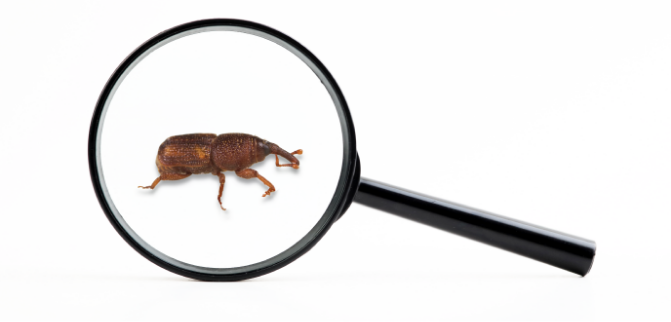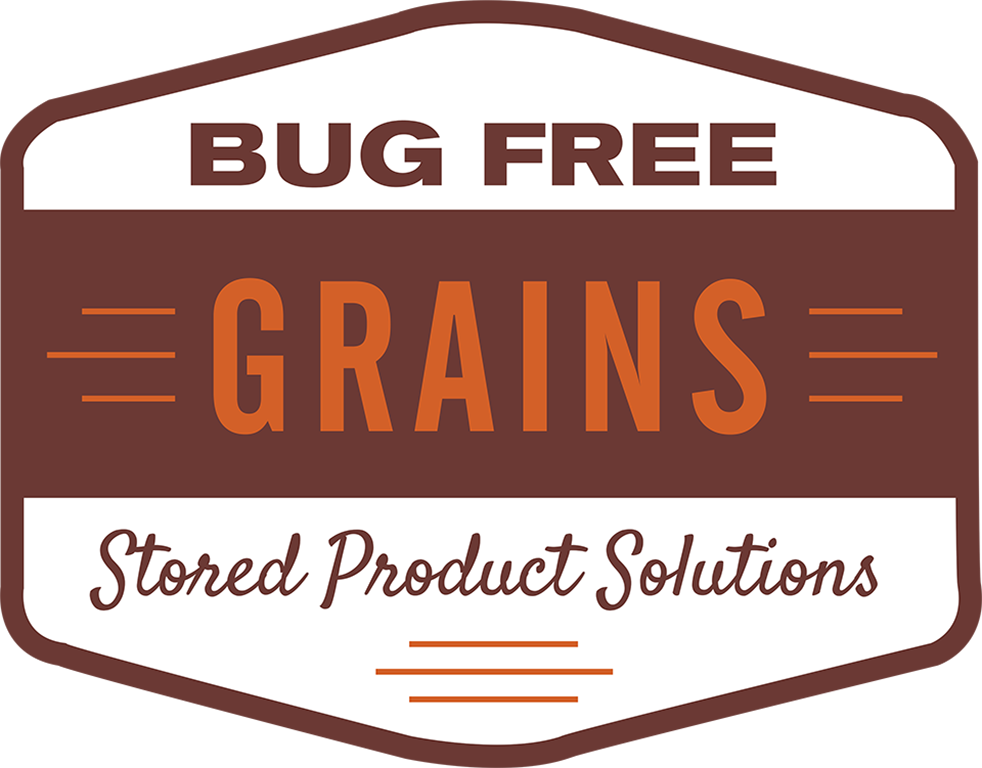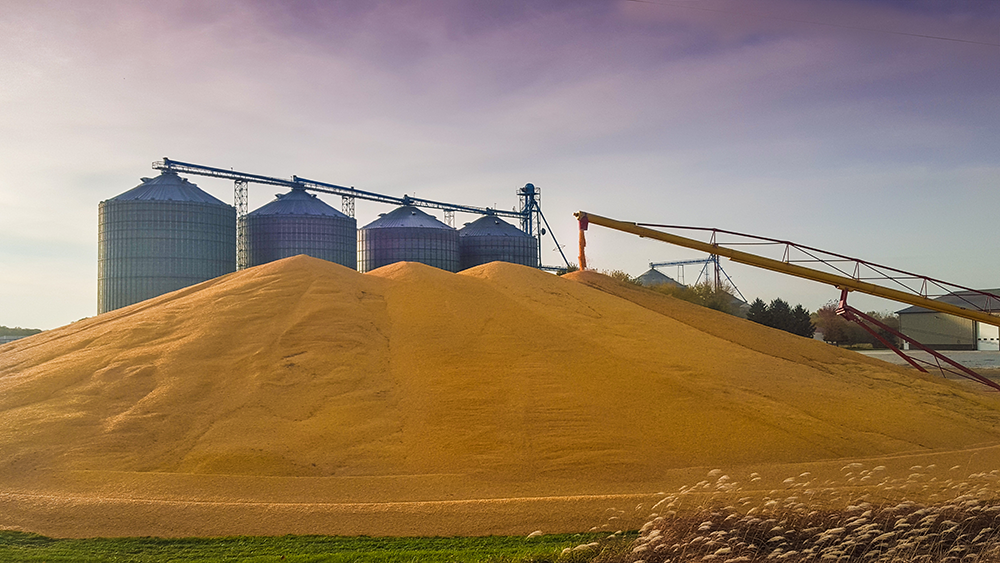Johnny Wilson, PhD, On Stored Grain Pest Identification

Straight Talk From the Experts
Our Bug Free Grains team at Central Life Sciences is committed to helping producers prevent bugs in stored grain and reducing profit loss due to insect damage. That’s why we share our insights with you, directly from our team of experts. In this blog, Jonathan (Johnny) Wilson, Ph.D. from our Specialty and Grain Protection Technical Services team, will cover stored grain insect identification.
Stored Grain Pest Identification
In our last blog, available here, we defined shrink, broken down the various categories, and given some real-world examples you may encounter. Through this process, it should be even more evident there is no silver bullet to stop shrink. What if I told you that our Shrink Monster does have a silver bullet it can use against us and it can cause a shrink loss in almost every category? That doesn’t seem right. The monsters aren’t supposed to have a silver bullet to use against the heroes of the story. Well, the Shrink Monster doesn’t follow a trope and it doesn’t fight fair. Its silver bullet is insects.
Insect control in stored grain is unique to each facility. There are challenges such as regional climate, outside insect pressure, carryover, facility age, and dozens of others that make blanket recommendations such as “Just apply product X and it will take care of your problems” an impossible task. We can work through the problem, but first we need to work through some key factors.
Stored product insects are a broad class that encompasses a wide range of insects. First, we need to break down what kind of insects we are dealing with and how to effectively control and eliminate them based on their life cycles. Let’s keep it simple and cover internal grain feeders versus secondary pests.
- Internal feeders are going to include insects such as the rice weevil, granary weevil, and lesser grain borer, to name a few. As the name suggests, they do their damage by penetrating through the outside of the grain kernel and feeding on the interior components of the grain. The damage doesn’t stop there though because they also use that as a nesting ground to lay eggs that will hatch the next generation of feeders. By laying eggs inside of the kernel, it provides them protection from chemical grain protectants and even fumigants. This allows the immature larvae to pupate inside the kernel without coming into contact with a chemical protectant even if one is applied because it is all on the exterior of the kernel. This means to really be effective at eliminating internal feeders, we need to kill the existing adults and any newly emerging adults before that next generation reaches reproductive age.
- Secondary feeders are insects which do not possess the ability to burrow into the kernel so they act more as scavengers. They tend to be very invasive in processing facilities where grain is being broken down and in situations where the grain has become compromised due to damaged kernels. This class includes such insects as red flour beetles, merchant beetles, and Indian meal moths. While not directly damaging whole grain, their presence can disrupt the temperature and moisture of stored grain as well as serve as a warning that damage is occurring due to internal feeders and they are present to scavenge off of the scraps. Since they don’t have the luxury of burrowing into the grain, the eggs and immature insects will be susceptible to chemical protectants.
Connect with Johnny

For more information on identifying stored grain insects, check out our insect ID tool here.
Stay tuned for Johnny’s next blog on Protecting the Grain. In the meantime, you can email Johnny directly here. He specializes in preparing Integrated Pest Management programs for agricultural production systems and providing recommendations and plans specific to individual operations, as needed.
Stay up to date with the latest information and tips on how to keep bugs off your grain.

